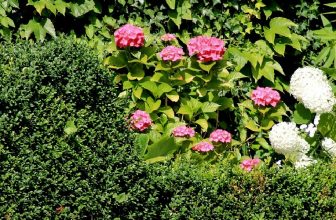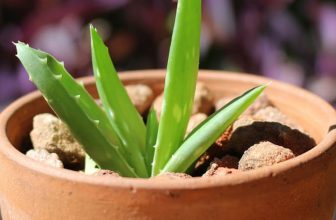How to Make a Topiary Frame
A topiary frame is a structured support that allows gardeners to shape and train plants into artistic forms, enhancing the visual appeal of gardens and outdoor spaces. Often used with evergreen shrubs or small flowering plants, this technique can transform an ordinary garden into a whimsical landscape filled with intricate shapes and figures. The importance of topiary frames lies in their ability to guide plant growth, helping to cultivate unique designs while promoting healthy, consistent development.
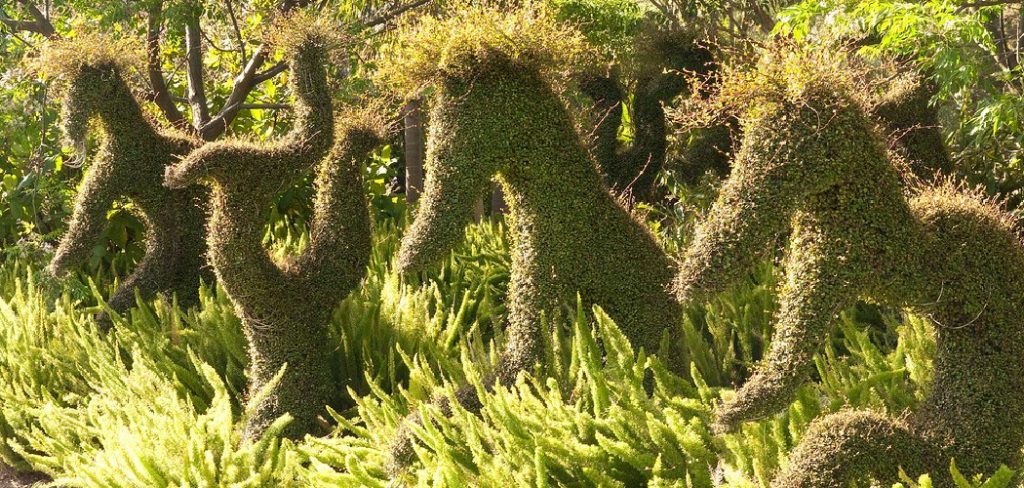
This article will focus on how to make a topiary frame, providing step-by-step instructions that empower you to create your own stunning topiary masterpiece. Whether you desire an elegant geometric design or a fantastical animal shape, mastering the art of constructing a topiary frame will open up a world of creative possibilities for your garden.
Tools and Materials Needed
To create your topiary frame, you’ll require the following tools and materials:
Tools:
- Wire cutters
- Pliers
- Gloves
- Measuring tape
Materials:
- Galvanized steel wire
- Chicken wire or mesh
- Wire ties
- Stake or dowel for support
These tools and materials will ensure a smooth and efficient process as you embark on your project to make a beautiful topiary frame.
Planning Your Topiary Design
1.Choosing a Design
The first step in planning your topiary design is determining the shape and size you want to create. Popular options include animal forms, geometric shapes, or abstract designs that reflect your style. Consider the scale of your garden and choose a size that complements your landscape. Additionally, think about the type of plant that will be trained onto your frame.
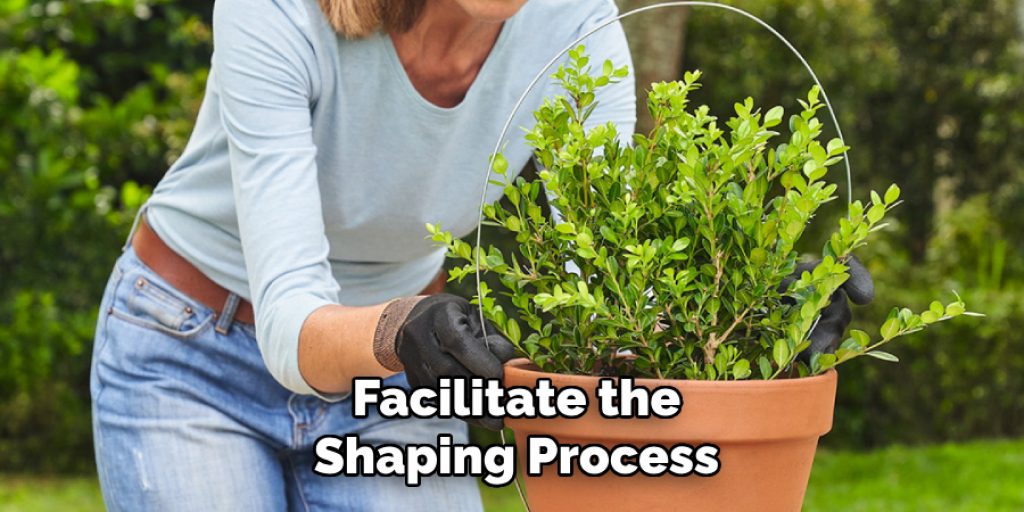
Some plants lend themselves better to certain shapes, so selecting a species with flexible growth habits will facilitate the shaping process. Popular choices include boxwood for geometric designs or ivy for more intricate forms.
2.Sketching the Design
Once you have decided on the design, create a simple sketch of your topiary shape. This helps visualize the final product and guides the construction process. Take accurate measurements of the intended dimensions and draw them to scale in your sketch. Consider incorporating annotations to indicate where the frame will bend or connect.
This planning phase is crucial, as it not only ensures that your design is feasible but also helps you identify any adjustments that may be necessary before you begin building the frame. A well-thought-out sketch serves as a roadmap for the project ahead.
How to Make a Topiary Frame: Creating the Frame Base
1.Cutting the Wire
To begin constructing the frame base, gather the necessary lengths of galvanized steel wire. Using wire cutters, carefully cut the wire to the required lengths, ensuring you have enough material for both the base shape and the vertical support. It is crucial to wear gloves during this process to protect your hands from sharp edges that can result from cutting the wire. Maintaining a clean work area will also help manage the cut pieces and ensure a smooth construction process.
2.Forming the Base Shape
With your wire cut to size, the next step is to bend and shape the wire to form the base outline of the topiary. Begin by creating a circular or geometric shape corresponding to your chosen design. Use pliers to twist and secure the wire at connection points, ensuring that each joint is tight and stable. The precision in this part of the process is vital, as a well-formed base will support the rest of the structure. Take your time to ensure that all connections are securely fastened and that the shape is true to your sketch.

3.Adding Support
To ensure the stability of your topiary frame, installing a stake or dowel into the ground at the desired location where your topiary will be placed is essential. This stake will anchor the base frame, providing additional support as the plant grows. Securely attach the base frame to the stake using wire ties, ensuring it is firmly anchored and able to withstand any external elements, such as wind or rain. Proper installation at this stage will prevent any movement or wobbling of the frame, allowing your topiary to thrive in its designated space.
How to Make a Topiary Frame: Building the Frame Structure
1.Constructing the Main Frame
With the base securely in place, the next phase involves constructing the main frame of your topiary. Using additional lengths of galvanized steel wire, begin bending and shaping these pieces to form the overall outline of your design. This step requires a careful application of pressure to create smooth curves or angular shapes that match your sketch. Once the desired shape is achieved, attach these additional wire pieces to the base frame using wire ties or twisting the wire together; ensure that all connections are tight to maintain stability.
It’s important to double-check your frame against your original design as you work, making adjustments to keep everything aligned. A structured main frame forms your topiary’s backbone, supporting the following decorative features.
2.Creating Details and Features
To enhance the artistic appeal of your topiary, it’s time to add smaller wire pieces that will create detailed features such as ears, tails, or branches. Consider the overall design and how each feature connects to the main frame. Start by carefully bending and twisting these smaller pieces into shape and then attach them securely to the main frame. Use wire ties to fasten features at the connection points, ensuring they are stable and well-supported.
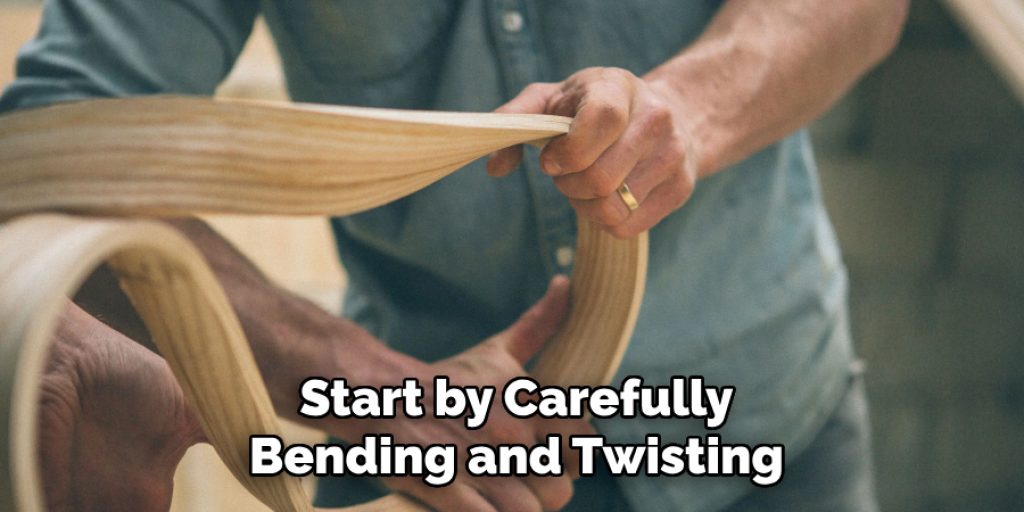
Pay close attention to detail during this process, as the intricacies will contribute significantly to the final appearance of your topiary. Secure all parts thoroughly, as this will help prevent any movement or sagging as the plant continues to grow and fill in the structure.
3.Covering with Chicken Wire or Mesh
Once your frame structure is complete, the final step is to cover it with chicken wire or mesh. Begin by measuring and cutting the material to size, ensuring adequate coverage for the entire frame. Attach the mesh to the structure using wire ties, carefully pulling it around the frame to maintain its shape. This mesh will provide a surface for the plant to latch onto as it grows, aiding in the shaping process.
Make certain that the mesh follows the contours of your topiary frame closely, as a snug fit will support not only the plant but also the overall integrity of your topiary design.
Final Adjustments and Strengthening
Inspecting the Frame
After completing the frame structure, it’s essential to conduct a thorough inspection to ensure stability and strength. Walk around the topiary to check for any noticeable wobbles or weaknesses. Gently shake the frame to see if it holds firm against movement. Make any necessary adjustments to guarantee that it can adequately support the weight of the plant as it matures.
Pay close attention to the joints and connection points; these areas are critical for maintaining overall stability. A solid frame is vital for the longevity and health of your topiary, so take the time to address any concerns.
Reinforcing Weak Points
If any weak or wobbly areas become evident during your inspection, it’s crucial to reinforce them promptly. Add extra wire ties or additional pieces of wire to strengthen these spots, ensuring that all connections are secure and the frame remains rigid. Focus particularly on joints where multiple wires meet, as they are more movement-resistant. By addressing these potential issues, you can enhance your structure’s durability, allowing it to withstand external elements and the weight of the growing plant. A reinforced frame will provide peace of mind as your topiary develops over time.

Adding Finishing Touches
To complete the project, smooth out any rough or sharp edges that may pose a hazard during handling or installation. This will improve safety and enhance the overall aesthetic of your topiary frame, ensuring it has a polished and professional appearance ready for planting.
Installing the Topiary Frame
Positioning the Frame
Once the topiary frame is ready, carefully select the ideal spot in your garden for installation. The chosen location should receive adequate sunlight while considering any shade cast by nearby trees or structures. With the frame positioned upright, ensure it is stable and well-anchored to the ground by checking the firmness of the stake or dowel you installed previously.
Adjust as needed to guarantee that the frame stands straight and secure, which is essential as it will support the weight of the growing plant. Take time to assess both aesthetic and practical aspects before finalizing its placement.
Planting and Training the Plant
With the frame securely in place, it’s time to plant your selected topiary plant near its base. Dig a hole suitable for the plant’s root system and place it in the soil, filling it in gently to eliminate any air pockets. As the plant grows, gently train and tie it to the frame using soft garden ties or biodegradable string. This support will guide the plant’s growth along the frame’s contours, promoting a well-shaped topiary.
Regularly check the ties for comfort and adjust them as necessary to prevent constriction as the plant develops toward its desired form.
Maintaining Your Topiary
Regular Trimming and Shaping
To keep your topiary looking its best, regular trimming is essential. Use sharp shears to make clean cuts, which promotes healthy growth and maintains the desired shape of your design. Trimming should be performed at least once a month during the growing season, allowing the plant to flourish while adhering to the frame’s contours.
Additionally, any dead or overgrown branches should be removed to encourage new growth and prevent disease. By consistently shaping your plant, you ensure a vibrant and aesthetically pleasing topiary that reflects the effort you’ve invested in crafting the frame.

Inspecting the Frame and Plant
Periodically inspecting the frame and plant will help maintain the health of your topiary. Look for any signs of wear or damage, particularly at the joints and connection points where the plant’s weight may be greatest. Ensure that the frame remains stable and secure in the ground. Alongside this, monitor the plant’s health by checking for pests or diseases and ensuring it receives adequate water. A well-cared-for plant bolsters the structure’s integrity, leading to a thriving topiary.
Conclusion
In summary, learning how to make a topiary frame involves several meticulous steps, from creating a sturdy base to planting and training the plant. Regular maintenance, including trimming and inspecting both the frame and plant, is key to achieving a beautiful and lasting topiary. Don’t avoid experimenting with various shapes and designs; topiary gardening is an art form that encourages creativity.
Whether you opt for whimsical animal shapes or elegant geometric forms, the satisfaction derived from crafting a striking living sculpture is unparalleled. As you nurture your topiary, enjoy the evolving beauty it brings to your garden, rewarding you with a unique sense of accomplishment and connection to nature.

